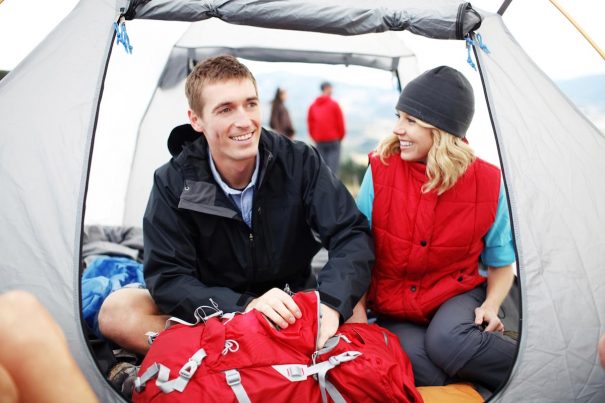10 basic steps to get started prepping for survival
Friday, October 09, 2015 by bugoutnews
http://www.bugout.news/2015-10-09-10-basic-steps-to-get-started-prepping-for-survival.html

Prepping has become more common than ever before, as more Americans realize the need to begin planning for the unknown. From catastrophic weather events to full-scale economic collapse, there are many possible scenarios in which stockpiling and some basic disaster preparedness training could prove to be the keys to survival.
Getting started can be a little confusing if you haven’t been exposed to good information on the subject or if you don’t have a close friend or relative who is familiar with prepping theory. There are plenty of websites and resources, but the sheer amount of information and sometimes seemingly contradictory advice can be a little daunting for the newbie prepper.
One very useful website is . A recent article on the site has a self-explanatory title: “The First 10 Things Every New Prepper Should Do (Some of Them Are Free!).”
It contains a lot of basic advice and useful strategies for getting started, and as the title suggests, many of these steps cost nothing to implement.
I’ll give you a short summary of the 10 steps, as defined by Daisy Luther from The Organic Prepper:
Stockpiling Water – Start filling empty 2-liter plastic bottles with water and store them in a suitable place. If you begin doing this a few times a week, you’ll soon have an adequate supply to last for weeks or months, if your normal water resources become unavailable or contaminated.
Bookmark Survival Sites – Start finding and bookmarking sites which have useful prepper tips. Study these sites and learn all that you can about disaster preparedness. There’s a huge amount of free and valuable information on survival to be found online on sites such as SHTFplan.com and GraywolfSurvival.com.
Evaluate Your Budget – Luther provides internal links to other articles she has posted that will help you make and manage a prepping budget, including: “Tough Love: You DO Have Enough Money to Prep” and “The Austerity Diaries: Creating a Budget…and Sticking to It.” Make small changes in your daily life now that will help you set aside money for prepping, such as eating at home more often or joining a food co-op.
Inventory – Take an inventory of your existing food stockpile and build from there. Start learning how to stockpile the right types of foods for long-term survival in the case of a prolonged disaster scenario. A simple way to begin stockpiling is to invest in pre-packaged emergency food kits, such as the ones made by Augason Farms or Relief Foods.
Practice Drills – Stage a survival drill in your home. Choose a weekend for testing your ability to live without electrical power or running water. It can actually be a fun adventure for the whole family and will teach you firsthand what kinds of issues you might not have anticipated.
Prep for a Grid Failure or Power Outage – Begin making plans for what you would do if the power goes down for more than a few days. Do you have methods of staying warm or cooking without power?
Make Plans for When There is No Toilet – Learn how to deal with a potentially crucial issue. What do you do when there is no water to flush the toilet with? Luther explains one easy and inexpensive method for solving the problem.
Prep for an Evacuation – Learn how to prepare a bug-out bag for a situation in which you are forced to leave your home. is an excellent resource for learning how to assemble a lightweight yet functional bug-out bag.
Home Defense – Luther provides links and advice for defending your home and your family. As she points out, a stockpile of supplies won’t do you much good if someone can take it away from you. Once again, offers plenty of useful information on the subject.
Begin Building a Survival Library – If the power grid goes down, you’ll need offline resources, namely books that contain survival strategies and information. If there’s one book hat every prepper should own, it’s this one: , by Tess Pennington.
Source:
http://www.theorganicprepper.ca
Tagged Under:

